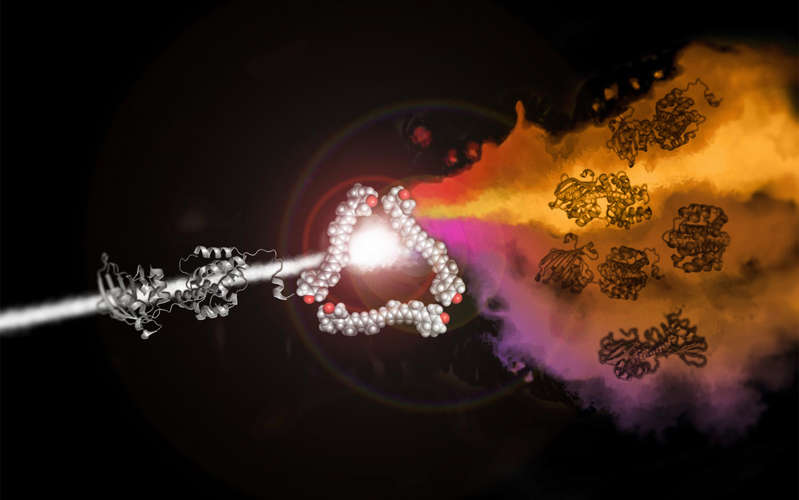
Russian scientists, together with colleagues from Germany and the Czech Republic, have deciphered the mechanism underlying the activation of an orange carotenoid protein, the cyanobacterial photoreceptor. Using a mutant variant of the protein and the latest spectroscopic techniques, scientists were able to describe a photochemical reaction previously unknown for carotenoids. The results of the work open up prospects for the development of new light-controlled systems and biomaterials. The article was published in the journal Communications Biology.
Light is needed by photosynthetic organisms to convert inorganic compounds into organic ones. However, excess solar energy can be detrimental to cells. Thanks to carotenoid pigments, which are part of special photoprotective proteins, excess energy is converted into heat. The object of study of the authors of the article was one of such proteins – orange carotenoid protein (OCP), first discovered in 1981 in cyanobacteria. OCP consists of two parts that form a cavity, inside which is one carotenoid molecule.
“When light is absorbed by a carotenoid molecule, OCP is able to change from an inactive orange to an active red form. This process is multi-stage and follows a complex hierarchy of events. Earlier, we showed the asynchrony of these changes, but the mechanism of the very first stage of OCP photoactivation, associated with the rupture of hydrogen bonds between the carotenoid and the protein, remained unsolved, ”says the first author of the study, Evgeny Maksimov.
Scientists conducted a comprehensive study using methods of structural biology, spectroscopy, biochemistry and quantum chemistry. Researchers at the Federal Research Center for Biotechnology, Russian Academy of Sciences, have created a “super orange” version of OCP with unique spectral and structural properties and determined its crystal structure with the highest spatial resolution among all known OCP-like proteins.
Analysis of the results showed that after absorption of a photon in the OCP, a charge separation reaction can occur along the hydrogen bond between the carotenoid molecule and one of the amino acid residues of the protein. This hydrogen bond in the dark stabilizes the orange state of the OCP, but in the light it breaks extremely quickly due to the redistribution of the electron density in the carotenoid molecule. As a result, negative and positive poles are formed in the protein, which leads to a change in its entire structure. This photochemical reaction was first described for carotenoids.
Read also:
The largest marine predator of the Middle Triassic described
The first civilizations in Europe were genetically homogeneous
Dust radioactivity measured in three Russian cities
The new framework has increased the efficiency of cancer detection by biosensors
Scientists have figured out how sharks react to hurricanes

